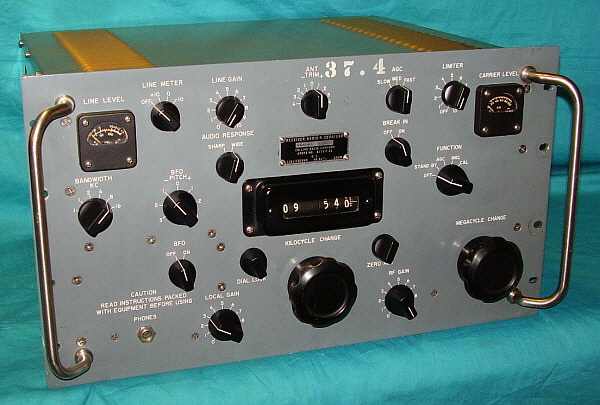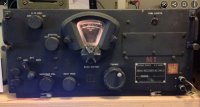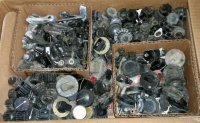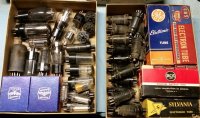The way I read budget meters, when doing diode tests, meter test knob in the diode symbol position (usually in the lowest resistance position), is to read the ohms as millivolts. That's the Vf (forward voltage breakdown). Values of 300-1200 can be found, ideal is around 600. Depends on the meter, and the leads. When a diode fails, you'll usually get a reverse or "dead short". It'll blow a fuse.
All your readings look ok.
Maybe your UK buds would like to get in on this?
Http://www.xs650.freeforums.net
All your readings look ok.
I just ordered a 10 pack of 1N5408 Diodes at £1.49 including p+p. Now what do I do with the 9 leftover???
Maybe your UK buds would like to get in on this?
Http://www.xs650.freeforums.net
Last edited:





